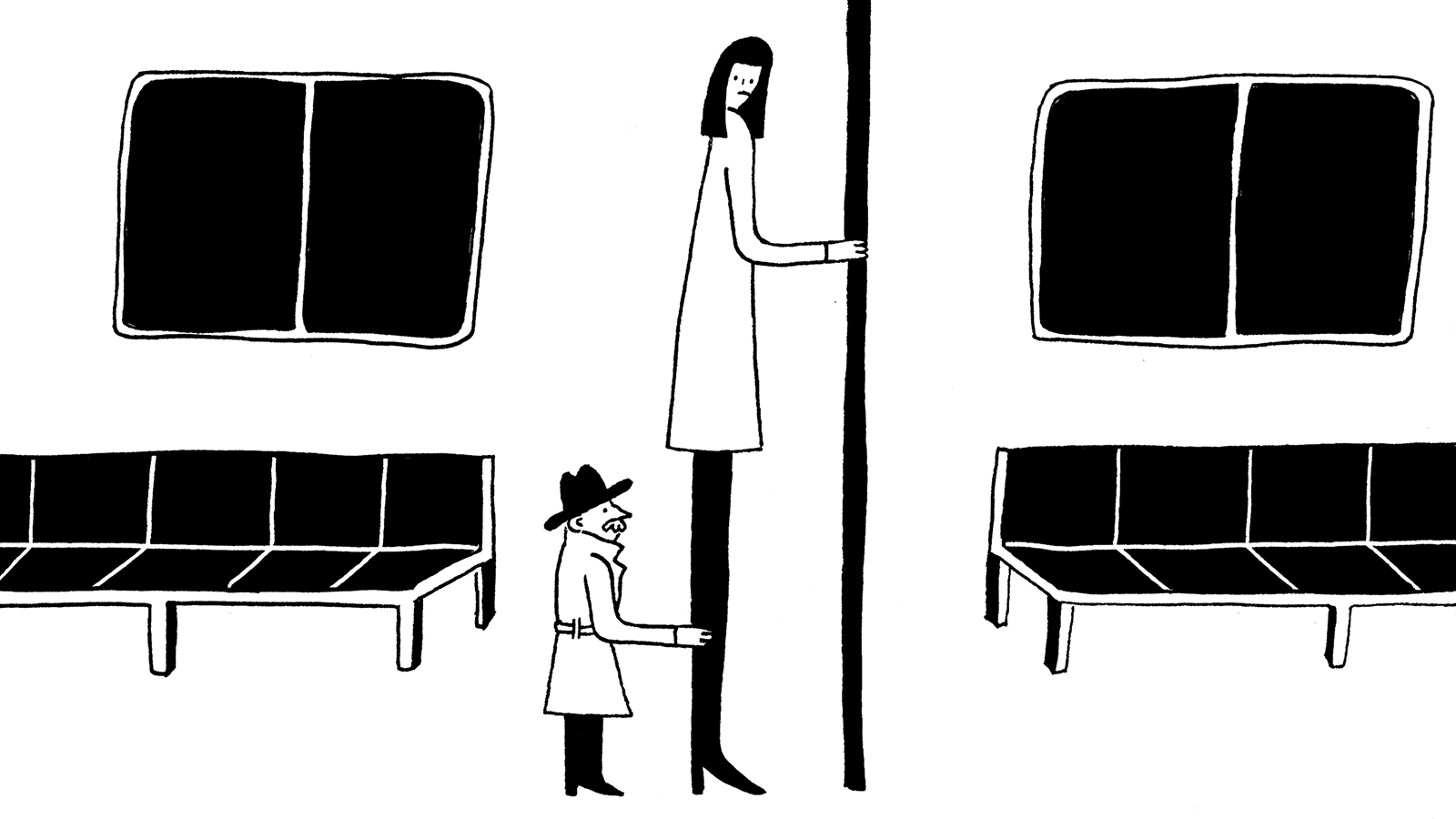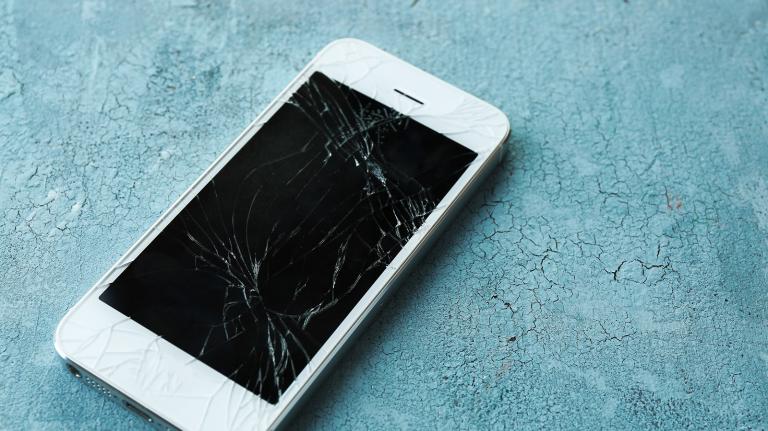The other day, I was talking to my dad on the phone about an essay I wrote about sexual harassment in a warming world.
“Honey,” he said, “I thought it was great – but where did you get the idea to write about something like that?”
“I don’t know,” I replied. “Personal experience, I guess.”
“You mean men say things like that to you? Just walking down the street?”
Well, no — not just walking down the street, but also on the bus, in parks, and even in the Twittersphere. I suppose no father wants to think of his little girl being talked to that way, but I was shocked that it had never occurred to him because for me and billions of other women all over the world, it’s such a constant reality. I started thinking more about how, as a woman, my right to exist peacefully and safely in public spaces is compromised on a fairly regular basis. And I know that I’m not alone, which is why I’m still writing about it.
With the exception of four years spent on a ridiculously picturesque and isolated suburban college campus, I have lived my entire life in cities. As a result, using public transit as my primary way to get around was simply a fact of life to which I never gave a second thought. It just always seemed like the correct thing to do, economically and environmentally speaking.
And in 12 post-pubescent years of spending many, many hours on urban public transit up and down the Western hemisphere, here is an incomplete sampling of things that strange men have done to me: Masturbated in front of me (Chicago, Red Line), tried to take photos up my skirt (Brooklyn, waiting for the G train), groped me unapologetically in a crowded train car (Buenos Aires, Linea A). Allow me to repeat: I am not an exception. Quite frankly, on the spectrum of violence toward women on public transit, I think of these experiences as small potatoes — things that have been cynically laughed off with friends over drinks.
I surveyed women on Twitter and Facebook for additional anecdotes, which I’m sharing anonymously here:
- “Years ago, when I had just moved to New York, I was sitting on the subway and noticed a man standing very close in front of me with a large erection. He was holding a folded newspaper in one hand to shield his erection from the other passengers. I was so shocked that I was struck dumb. I got off at my stop and walked home, shaking with rage.”
- “The most recent was last year [in Seattle], when I was taking the bus home from work. I had stuff to do afterwards, so to convince myself I wasn’t nearly as exhausted as I felt, I put on red lipstick. The man across from me decided to tell me he liked that color on his dick. Charming.”
- “When I was 15 [in Pittsburgh], a guy on the bus masturbated while looking at me. When I was curious about what he was doing, I looked over and he tore off the jacket he was using to hide his crotch. [I ran] up to the front and … said, ‘That guy is masturbating!’ The bus stopped, and the guy just got off and ran off.”
- “First year of college, I was riding the metro in D.C. at night. A guy sat down next to me and was masturbating. I was young and terrified and didn’t know what to do. I was too scared to push my way out. After a long time he smiled at me and ran off the train.”
If we continually have to put up with treatment like this, why do women continue to ride buses and subways and light rails every day? As a young adult with not a lot of money in a dense urban area, it’s simply the transportation option that makes the most sense. Cities are growing and getting denser, and cars are an increasingly less viable option for urbanites to get around on a daily basis. Providing parking for them is costly and inefficient. The use of combustible fuels to transport one person at a rate of 23 miles per gallon seems more and more selfish as the many costs – both environmental and social – of getting that fuel are now well-known. And car traffic, as anyone who lives in Los Angeles will tell you, will literally suck entire days of your life away every year. Ain’t nobody got time for that.
To deal with the epidemic of sexual harassment on the street and public transit, Emily May launched Hollaback! in 2005. The organization gives a voice to women who have suffered harassment and/or assault in public spaces, including a platform for them to upload photos of their attackers. I got to talk to May about why sexual harassment is so widespread on public transit, and more importantly, what we can do to end it.
Q. Why do we see so many instances of sexual harassment in cities, and particularly on public transit?
A. I think it has a lot to do with population density. New York [for example] is obviously a very, very dense city, and we are very dependent on walking and buses and subways to get from Point A to Point B. So that makes harassment look a little different, right, just because we’re exposed to more opportunities of harassment than most cities across America and across the world, especially those that are car-dependent.
We’ve received now about 6,000 stories of harassment on Hollaback! and many, many, many of them are on public transportation. I think what’s going on there is it’s very crowded, especially during rush hour, and that [creates] an opportunity for the perpetrators to just disappear. And also we hear stories of women, especially young girls, feeling trapped on the subway late at night — that they will just be by themselves in a subway, a man will show up and pull down his pants … and they can’t get out. You can’t leave on either side, and you have to wait until you get to the next stop to exit, and that can be extremely scary.
Q. What advice would you give a woman who has just experienced an instance of sexual harassment on the subway?
A. I think the most important thing to remember is that it’s not your responsibility to have the perfect response to harassment or assault on the subway. It’s really the harasser’s responsibility not to harass you. That being said, what we’ve seen is that people who have some kind of response — and it can really be almost any kind of response — their trauma will actually be reduced. When you try and fight back, it typically makes the person feel less like a victim and their healing process happens a little faster.
If you choose to respond in the moment, what you would want to do is really just tell the [perpetrator], “Hey, this isn’t OK!” Look them in the eyes, speak very firmly, and then exit that situation as soon as possible. Other options: if you’re in a situation where you can take their picture, that can certainly serve as evidence if you want to report it to the police. And oftentimes we see that people are able to do that — they pretend like they’re playing on their phone when they’re actually just taking a photo of the perpetrator.
We’ve seen other folks literally engage people who are also on the subway at the same time, in catching the guy. In one case in particular we saw a woman say, “This man is trying to masturbate on me, block the doors!” And fellow subway riders actually got up and blocked the doors for her so this guy couldn’t escape, which was his plan.
Q. And if a victim is too frightened or shocked to respond to harassment in the moment, what would be a good way for her to address it after the fact?
A. There’s a study done by a woman named Jill Dimond at Georgia Tech, and she interviewed people who reported to Hollaback! to critically ask, “Does storytelling matter? Is there an impact here?” She found that there is impact. What happens is that when people [first] go on to the platform reporting their harassment, they typically identify it as a personal problem, a really crappy thing that happened to them. And through the act of telling their story and having it included in the thousands of other stories that have been told, what we see is that they actually go through a reframing process. They realize, ‘Hey, this isn’t actually about me, even though it’s targeted at me and it feels about me, it’s actually part of a bigger, more systematically messed-up world that we live in.’ And then that, as a result, empowers them to take action. And it could just be an action as small as telling your dad about what you’re facing, or it could be something much larger, such as a march or a rally or a workshop.”
Q. What do you think governments and public organizations need to do to put an end to sexual harassment and violence on public transportation?
A. I want to see them not just responding to this, which is where their energy seems focused now, but really preventing it. I think that when you prevent things like harassment, groping, public masturbation in the subway, you’re not just preventing those instances. You’re really preventing all forms of sexual assault, because we do see street harassment as a gateway crime. It creates a culture that makes more severe forms of gender-based violence OK.
So I want to see [governments] investigating public service announcement campaigns, getting education into schools about these issues, and also doing more research so we can really better target the problem. [For] many governments, including New York City, the best estimation they have of what’s happening on the subway is reports from Hollaback! and the very, very limited reports that are reported to the NYPD. And that’s simply not enough to understand the breadth of the problem.
When you look at this problem, it really [needs] a multi-pronged solution. It’s about the person who’s being harassed or assaulted taking care of themselves and having the resources to do that; it’s about the legislators stepping up and investing the money and instituting the policies so we can ultimately prevent, not just respond to them; it’s about the [police] having a sympathetic and quick response to the situation that doesn’t further disempower the victim of the harassment or assault.
But I think in many ways the solution lies in fellow citizens — that even in a perfect system, where the police and public transit workers are completely trained to respond, they’re not going to be there at each and every incident. I think giving bystanders ways to respond where they don’t have to swoop down in superhero spandex and beat everybody up is really key to helping to address this problem, and changing some of these norms that allow these behaviors to be so pervasive.
In light of May’s responses, I’d like to personally thank the women who wrote to me to share their stories of harassment. You are the beginning of the solution!



